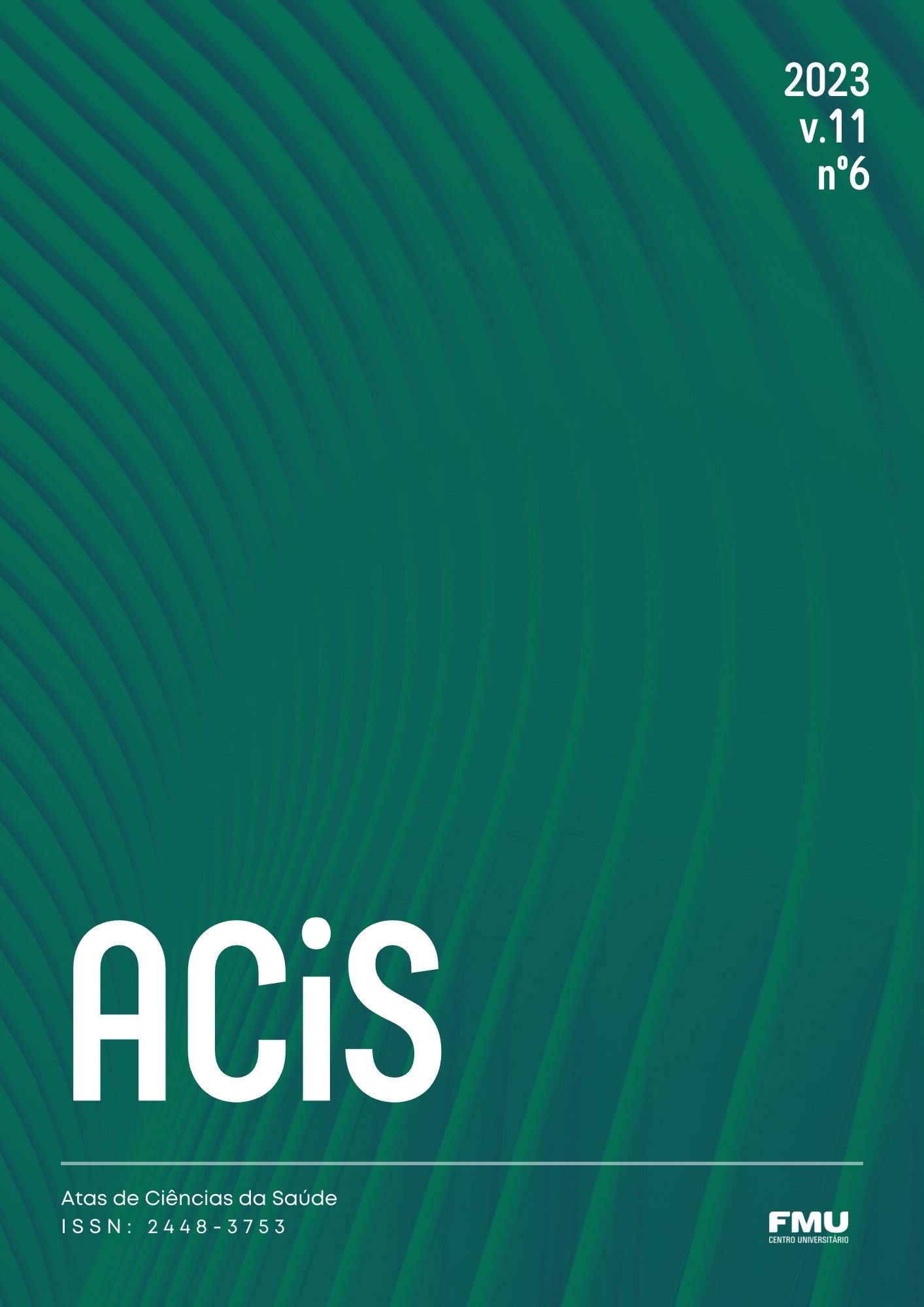Impacto da hipernasalidade da fala de indivíduos com fissura labiopalatina revisão de literatura
Resumen
Objetivo: verificar na literatura a percepção do fonoaudiólogo e do indivíduo com FLP em relação ao grau de impacto da hipernasalidade na fala, compreendendo as dificuldades encontradas para favorecer a comunicação no âmbito social. Método: foi realizada pesquisa na plataforma BVS, tendo como critérios de inclusão artigos publicados nos últimos 10 anos, português brasileiro e textos completos de livre acesso via link ao conteúdo. Foi aplicada a metodologia PRISMA utilizando os descritores em dupla associação usando o booleano and para a elegibilidade dos estudos. Resultados: 199 estudos foram identificados para o termo fissura palatina, 12 artigos foram incluídos no estudo, sendo a primeira publicação do ano de 2014 e a mais recente foi do ano de 2020. Dos estudos selecionados, 50% analisaram aspectos de avaliação da hipernasalidade de fala, 25% abordaram a fala após processos cirúrgicos corretivos, 8% aludiram sobre nasalância na presença de distúrbios articulatórios compensatórios, 8 % analisaram a eficácia de um exercício vocal e 8% discorreram sobre atuação fonoaudiológica em indivíduos com fissura lábio palatina. Conclusão: A literatura pesquisada respondeu parcialmente à pergunta de pesquisa. Trouxe informações sobre a percepção do grau da hipernasalidade na fala do paciente com FLP pela ótica do fonoaudiólogo, sendo possível compreender as dificuldades encontradas por esta população, deixando uma lacuna em relação a percepção do paciente/sujeito em relação ao grau de impacto causado pela hipernasalidade na comunicação.
Publicado
Número
Sección
Licencia
Derechos de autor 2023 Alana de Souza Paula, Higor Alexandre Munaria, Sarah Juliana dos Santos Porto, Tamires dos Santos Nascimento, Thais Augusto de Souza , Ana Caroline Leal da Conceição, Givanildo Alves de Oliveira

Esta obra está bajo una licencia internacional Creative Commons Atribución-NoComercial 4.0.
Autores que publicam nesta revista concordam com os seguintes termos:
- Autores mantém os direitos autorais e concedem à revista o direito de primeira publicação, com o trabalho simultaneamente licenciado sob a Licença Creative Commons Attribution que permite o compartilhamento do trabalho com reconhecimento da autoria e publicação inicial nesta revista.
- Autores têm autorização para assumir contratos adicionais separadamente, para distribuição não-exclusiva da versão do trabalho publicada nesta revista (ex.: publicar em repositório institucional ou como capítulo de livro), com reconhecimento de autoria e publicação inicial nesta revista.
- Autores têm permissão e são estimulados a publicar e distribuir seu trabalho online (ex.: em repositórios institucionais ou na sua página pessoal) a qualquer ponto antes ou durante o processo editorial, já que isso pode gerar alterações produtivas, bem como aumentar o impacto e a citação do trabalho publicado (Veja O Efeito do Acesso Livre).





